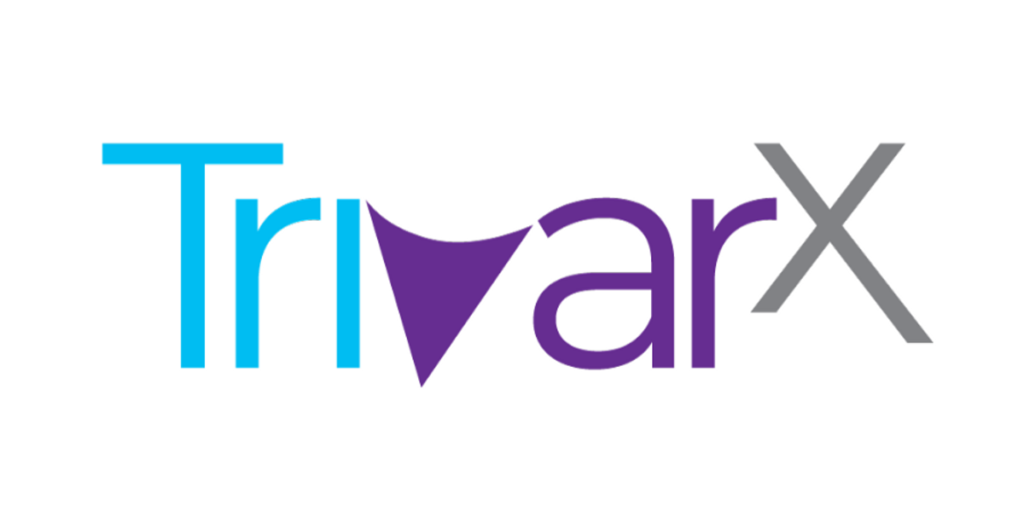The Phase 1a trial of SZN-043 showed evidence of target engagement and Wnt-pathway mediated pharmacodynamic effects in the liver. Enrollment is currently ongoing in the Phase 1b study focusing on severe alcohol-associated hepatitis.
Surrozen Inc. presented a poster on the preliminary results of the Phase 1a study of SZN-043, a novel R-Spondin mimetic, at the 2024 European Association for the Study of the Liver (EASL) conference in Milan on June 8, 2024.
Key findings from the Phase 1a study include the establishment of safe and well-tolerated doses of SZN-043 in both healthy volunteers and patients with a history of liver cirrhosis. Single or multiple intravenous infusion doses ranging from 0.5 mg/kg to 3 mg/kg were administered, with mild-to-moderate, transient, and dose-related serum transaminase elevations observed in some treated subjects. These elevations were temporary and resolved without intervention, not indicating liver disease or bile duct damage.
Pharmacodynamic biomarkers indicated Wnt-mediated pharmacodynamic activity in the liver post-treatment with SZN-043. Target engagement was confirmed through transient increases in alkaline phosphatase (ALP), indicating SZN-043 binding to its targeting receptor asialoglycoprotein (ASGPR). Wnt signal activation was demonstrated by increased methacetin clearance and portal hepatic filtration rate (HFR) as measured by the HepQuant test.
Craig Parker, President and CEO of Surrozen, expressed enthusiasm for the Phase 1a study’s results, highlighting the activation of Wnt signaling, target engagement in the liver, and the drug’s safety and tolerability. The company is optimistic about harnessing the Wnt pathway to support regeneration in injured livers.
SZN-043, the focus of development using Surrozen’s SWEETS™ technology, is being developed for severe liver diseases initially targeting severe alcohol-associated hepatitis. The Phase 1b clinical trial for severe alcohol-associated hepatitis is currently enrolling patients, with proof-of-concept data expected in the first half of 2025.
In addition to SZN-043, Surrozen is developing SZN-413 for retinal diseases using its SWAP™ technology. The company has entered into a strategic partnership with Boehringer Ingelheim for the development of SZN-413, with significant potential milestone payments and royalties on sales.
Overall, Surrozen’s focus on modulating the Wnt pathway through targeted therapeutics shows promise for treating degenerative diseases and tissue injuries in various organs and tissues.


